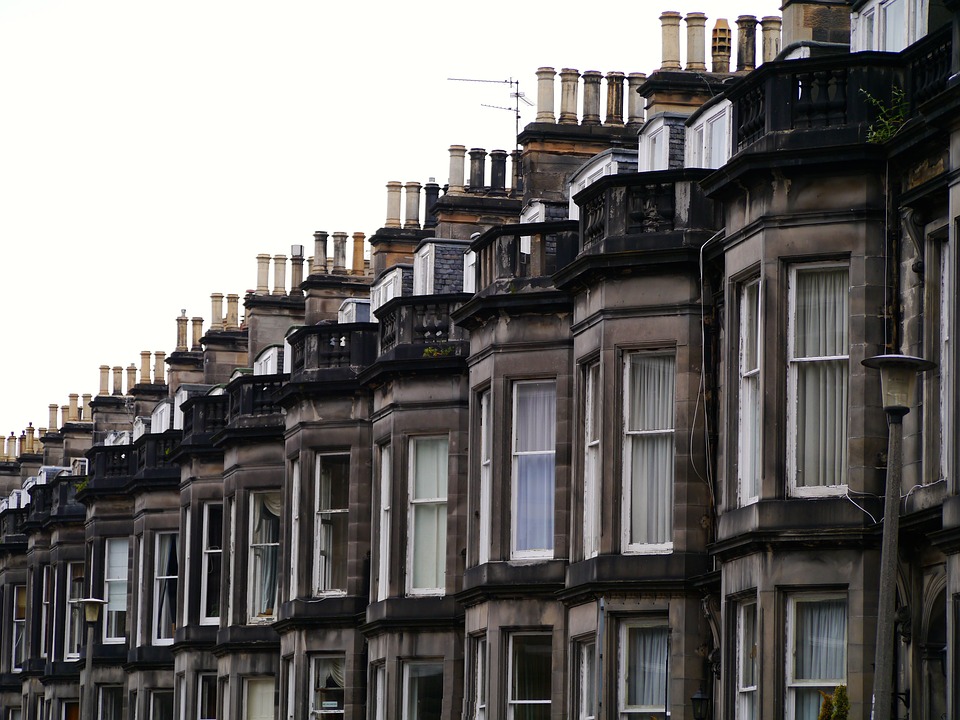Insurance
Home insurance prices rise 2.1 per cent in a year

The average buildings and contents policy now stands at £136, according to Consumer Intelligence
The average bill for home insurance rose by just 2.1 per cent over the past year, with a competitive marketplace keeping roughly in line with the UK’s headline inflation rate, according to Consumer Intelligence.
The data analytics expert calculated that over the longer term, average premiums have fallen 1 per cent since February 2014, when Consumer Intelligence first started collecting data. And despite the 2.1 per cent uptick in premiums over the past 12 months, prices have yet to trend higher than the first recording five-and-a-half years ago.
Across the market, the average home insurance premium sits at £136. For the over-50s age cohort, premiums increased by a marginally steeper rate of 2.7 per cent over the same period, averaging £143 per premium; whereas price rises for the under-50s were limited to just 1.5 per cent (£129).
Regionally, Londoners continue to pay a hefty premium for their home insurance, ranking streets ahead of any other UK region.
At £187 for an average buildings and contents policy, households in London now pay almost 60 per cent more for their insurance than the cheapest region, the North East (£119). Even the South East (£140), London’s nearest neighbour both in terms of geography and price, is still a third cheaper than the UK capital.
Wales was the only region in the UK to see home insurance premiums fall in the last 12 months, with prices dropping an average of 0.3 per cent.
The South East (4.1 per cent) witnessed the biggest rise over the same period, with the Eastern region (3.4 per cent) and the West Midlands (3 per cent) following closely behind.
Victorian-era properties, built before 1895, continue to carry the highest annual premiums in the market at £162. Insurance policies for houses built from the turn of the 20th century to just before the outbreak of the First World War (1895 to 1910) follow closely behind at £146.
Properties built between 1985 and 2000 are now the cheapest to secure home insurance against (£126), with those built after 2000 attracting premiums of £133.
Properties built between 1925 and 1940 have seen the highest increases to their premiums of any age group, at 2.9 per cent, in the past 12 months.
John Blevins, pricing expert at Consumer Intelligence, said: “Home insurance is a very competitive marketplace, helping to keep overall pricing down. London unsurprisingly maintains its number one spot with some of the most expensive properties in the UK and the biggest urban area – with cities generally having a much higher crime rate.
“Regional pricing is based on localised claims experience – looking at general perils such as fire, accidental damage but also specific areas such as crime rates, weather events and subsidence. And with subsidence claims levels reaching a peak this year, areas where the weather tends to be dryer – such as the South East – have seen higher rates of subsidence.”